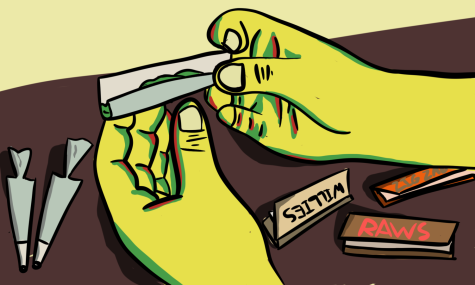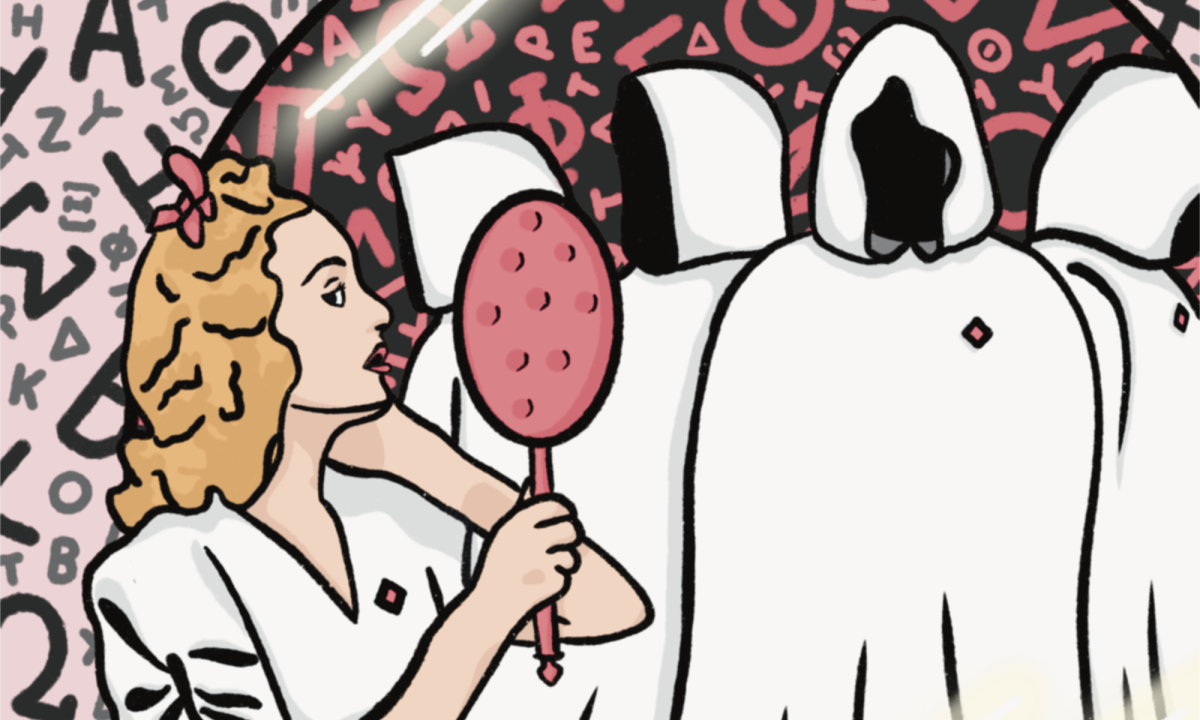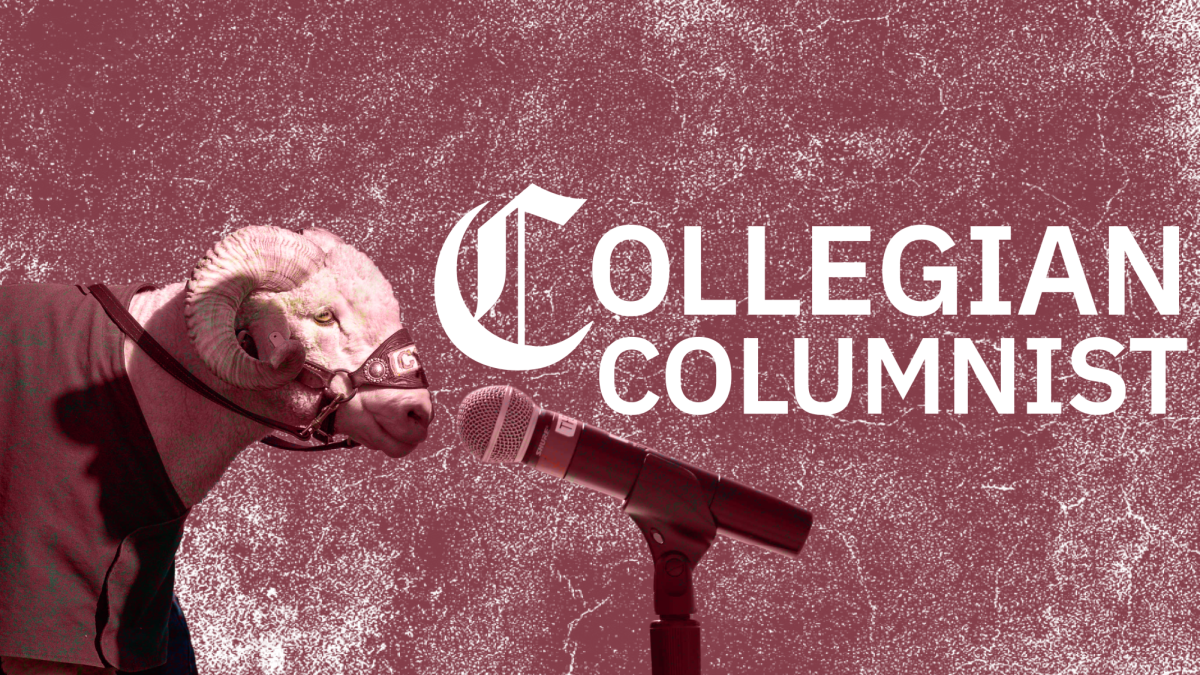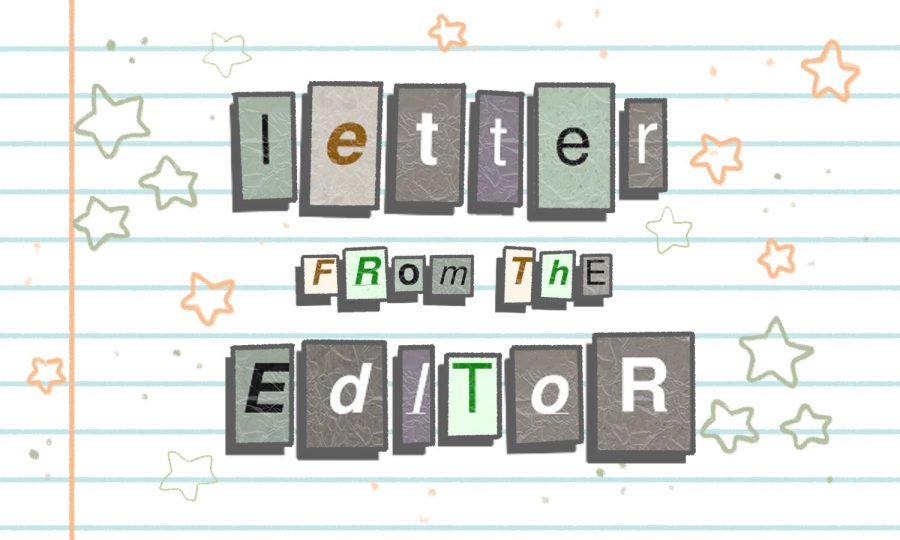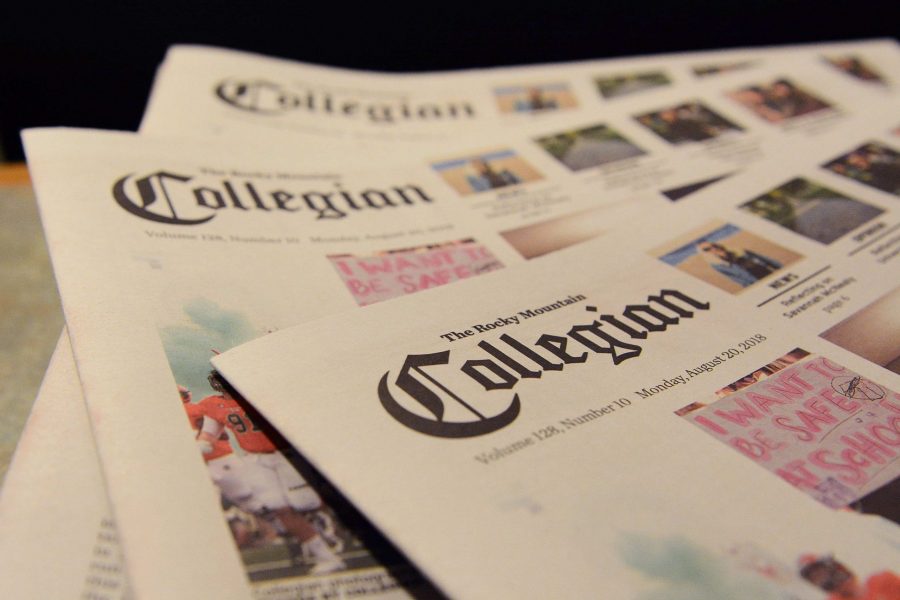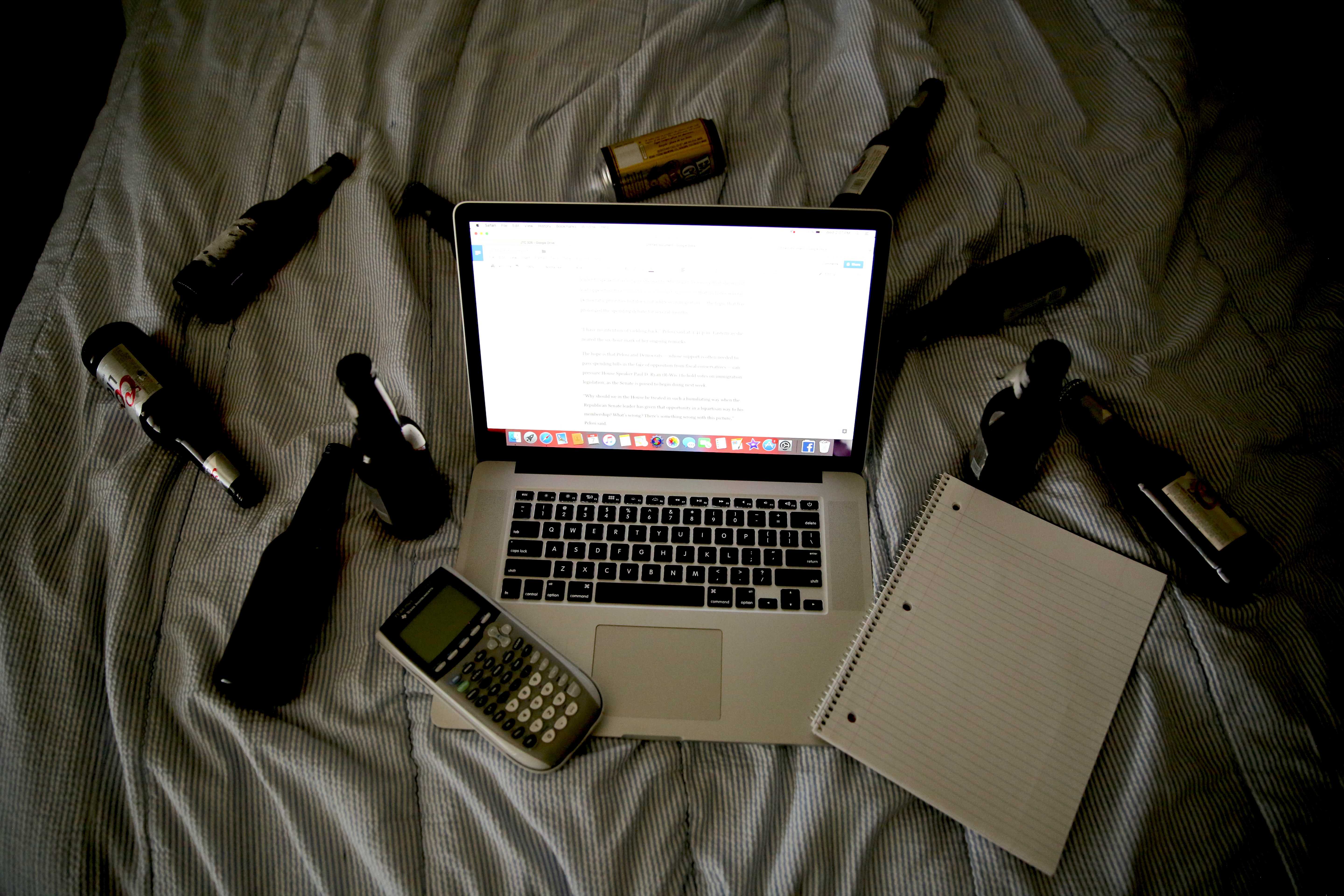
Editor’s Note: All opinion section content reflects the views of the individual author only and does not represent a stance taken by The Collegian or its editorial board.
In many ways, drinking is synonymous with the college experience. At Colorado State University, undergraduate students under the age of 21 are required to complete an online alcohol education course. According to the CSU information page, “Even if students don’t drink, they may still be impacted by alcohol use in the college environment.”
Ad
CSU isn’t shy about the fact that alcohol will most likely play a role for every student. A 2019 National Survey on Drug Use and Health studying full-time college students ages 18-22 found that 52.5% of students drank alcohol in the month prior to taking the survey and 33% binge drank.
In other words: If you aren’t drinking, you know someone who is.
Drinking and party culture is written into the social narrative around college — it’s worked into our media, from movies to TV shows to social platforms. When I first came to campus in 2018, I was prepared to be thrust into the college “party culture” of casual drinking and questionable decisions. I wasn’t prepared for the normalization of binge drinking and straight up alcoholism from many of my peers.
College creates the perfect environment for someone to abuse alcohol.”
It was my first year when I heard the phrase “it’s not alcoholism until you graduate,” and as I head into my senior year, it’s a phrase I’ve heard tossed around a few times now. It’s easy to take these words and run with them; to make the problem into a joke in which the lightheartedness of the situation is only supported by the aloofness of your peers who are also casually abusing alcohol.
According to a survey by the National Institute on Alcohol Abuse and Alcoholism, about two out of five college students reported binge drinking at least once in the two weeks prior to the survey. When binge drinking is casually written off as part of the college experience, it’s easy to ignore the real problems heavy drinking often comes with.
A survey of 17,592 college students at 140 schools revealed not only that binge drinking is widespread on college campuses but that there are clear correlations between frequent binge drinking and negative impacts on both the individual and those around them.
Nearly half of the surveyed binge drinkers reported five or more individual, drinking-related problems, including reckless behaviors.
The survey exemplified how excessive alcohol consumption is a community issue — one that is perpetuated by the idea that college is an excuse to get violently drunk.
The problem becomes even more disturbing when we look at the death rate. The NIAAA states that about 95,000 people die from alcohol-related reasons every year. It is the third-leading preventable cause of death in the U.S.
Ad
College creates the perfect environment for someone to abuse alcohol. In an article published by Alcohol Rehab Guide, some of the most common reasons for alcohol abuse are qualities well-represented in college. One reason mentioned was social factors: As people enter a new environment, they may feel the pressure to fit in, and drinking socially can be a way to fulfill this. It’s the perfect mix.
So while college may present the perfect opportunity for someone to fall into a problematic relationship with alcohol, this is the very reason why we must not normalize this behavior.”
Psychological factors such as anxiety and depression are also leading factors for alcoholism, and college students are no strangers to such ailments.
A survey published by The Association for University and College Counseling Center found that anxiety is the top concern among college students, with an average of 41.6% of students reporting feelings of anxiety. Depression closely follows in the level of concern, with 36.4% of surveyed students reporting feelings of depression.
So while college may present the perfect opportunity for someone to fall into a problematic relationship with alcohol, this is the very reason why we must not normalize this behavior. Alcoholism is alcoholism — at any stage of life or for any reason. Making jokes about the disease of addiction perpetuates the problem for the individual, and it helps create a toxic culture where these problems go unnoticed, as they are mistaken for normal behavior.
You may just be coming into college and questioning the relationship you want to have with alcohol. Making the right decisions comes first with having the right resources. Here are some ground rules to follow.
- Heavy drinking “for women (is considered) having more than three drinks a day or seven a week. For men, it’s four or more per day or 14 a week,” according to WebMD.
- Know when to stop. Knowing when to walk away and call it a night is crucial. You should know your blood alcohol content, which takes your height, weight, number of drinks and hours passed into consideration. A chart published by the University of California, Davis can be found here.
- Know what a drink is defined as. A standard drink, as defined by the Centers for Disease Control and Prevention, is usually equivalent to 0.6 ounces of pure alcohol. This amount is generally found in a 12 ounce can of beer with 5% alcohol content, 8 ounces of malt liquor with 7% alcohol content and 5 ounces of wine with 12% alcohol content.
If you decide to drink, there is no shame. There is a fine line between a safe night of drinking and a messy night. Just pay attention to what you’re drinking, how much you’re drinking and how much time has passed.
If you or someone you know is struggling with alcohol dependence, you can find help at the hotline at 1-800-662-HELP.
Cat Blouch can be reached at letters@collegian.com or on Twitter @BlouchCat.




